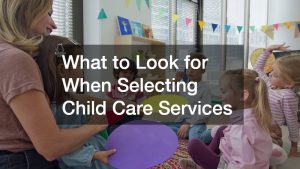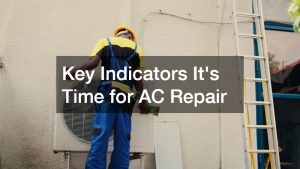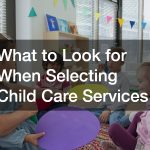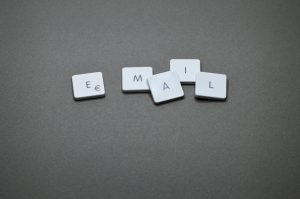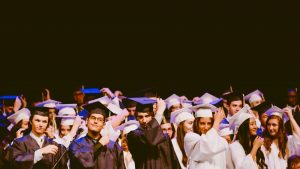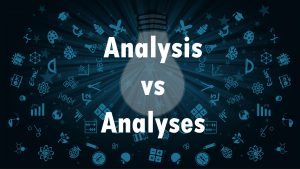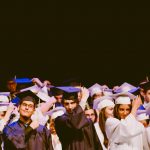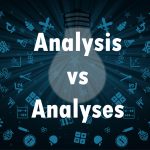Personalized learning is a method of education where students have the liberty to choose their own courses that suit their interests and abilities. The U.S. Department of Education (DE) says that this style of learning allows students to develop their skills by mastering academic content at their own pace, saving them time and money.
The DE also highlights that personalized learning enhances the engagement of students due to the relevance of the content that matches their unique needs. Since learners can accomplish their program anytime and anywhere, better outcomes are probable.
Helping Students Achieve More
Personalized learning offers a great potential to improve learning, especially for slow learners and those with a shorter attention span. Research by RAND Education, for example, shows that learners under personalized learning can do better in different areas, including mathematics and reading.
This method encourages students to speak up about their interests, which can be an ideal way to build self-advocacy skills. These skills can, for instance, let students share their strengths and weaknesses and what they need to succeed in learning from other people. Having self-advocacy skills can teach students how to create solutions for the challenges they face in school. It builds self-confidence, as well.
Personalized learning also provides equal opportunities to each student, helping them graduate on time and prepare for the future. It aims to bridge gaps in knowledge and skills, making learners competitive in college and the workforce. This learning method ensures that students can master their craft and cultivate their talents.
For educators, this is an opportunity to explore creative ways to help students with their individual struggles. They can work closely with learners for a more hands-on approach to their improvement.
Implementing Personalized Learning
 Students can take personalized learning in different approaches, such as:
Students can take personalized learning in different approaches, such as:
- Adaptive learning – students receive digital resources based on their needs
- Individualized learning – the pace of learning adjusts, depending on what suits students
- Differentiated learning – the approach of learning changes to match the needs of students
- Competency-based learning – students continue learning based on their competency, and apply the things that they have learned
Schools can utilize virtual learning spaces that promote interaction among students, provide accessible learning resources, and encourage them to ask for help when needed. Some platforms teachers can use include Google Classroom, Canvas, and Schoology.
The blended learning method is also a helpful way to implement personalized learning. Here, teachers can combine traditional in-class instruction with interactive lessons that can take place outside the classroom. This student-centered approach is possible by using engaging tools and providing students with feedback to help them grow.
Before implementing personalized learning, it is essential for schools to know their students better through their educational background, academic goals, and interests. They can create student profiles to record students’ strengths, weaknesses, motivation, and goals to guide them toward the path of learning.
The Flaws of Personalized Learning
Despite the advantages of personalized learning, no concept is without its flaws. A personalized learning teacher, for instance, explains that this method does not necessitate technology use. The educator describes the algorithm that assigns tasks to students as “impersonal and dehumanizing.”
It does not promote meaningful interaction but is, rather, heavily materials-based. The use of technology should make the learning personal by not limiting humanity.
Personalized learning could be a problem of privilege, as well. Schools in well-off communities may have greater access to these tools compared to those in low-income areas. Some learners from low-income regions may prioritize other important matters than personalized learning.
Moreover, some barriers could hinder the success of this learning method. Schools should implement all the strategies and features of personalized learning, but some of them use only a few combinations. Poor integration of data system is also one of these constraints.
Some teachers struggle to put personalized learning initiatives into practice due to a lack of time and other priorities. Educators have to set aside time to develop customized lessons to make sure that students get everything they need.
Researchers are still exploring other areas of this learning method to prove its benefits. Experts recommend proper coordination between faculty and administrators to create student-friendly policies and procedures.
Improving the Educational System
 The current U.S. education system requires teachers to teach in a standardized method, from class instruction to testing the students’ abilities. This method, however, may not work for some students. The traditional education system allows the entire class to move forward regardless of whether a student passes or fails.
The current U.S. education system requires teachers to teach in a standardized method, from class instruction to testing the students’ abilities. This method, however, may not work for some students. The traditional education system allows the entire class to move forward regardless of whether a student passes or fails.
On the other hand, personalized learning allows educators to guide students better in enhancing their skills by providing lessons that match their skills. Furthermore, it minimizes the burden of traditional schools, like piles of paperwork and the time-consuming process of grading these individually.
Personalized learning is beneficial for students and educators. But what if instead of investing in technology, schools invested in people? Students need more well-trained and well-compensated educators working in emotionally-safe environments that value humanity and sustainability.


